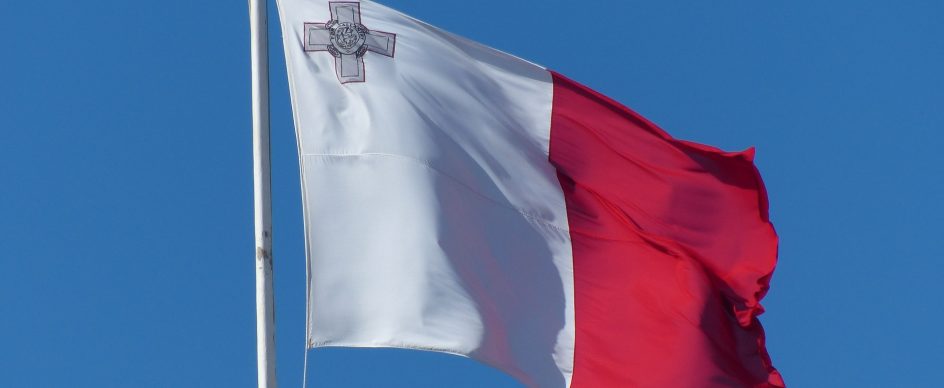
Sette Giugno – Malta’s National Holiday
- Apr 17, 2021
Why is the 7th June A National Holiday In Malta?
Sette Giugno (Seventh of June in Italian) is a Maltese national holiday that commemorates the tragic events of 1919 – when increased colonial resistance eventually led to a series of riots that resulted in four dead and fifty injured.
What Happened On The 7th June 1919?
On June 7th, Manwel Attard, Ġuzeppi Bajada and Lorenzo Dyer died after being shot by British soldiers while taking part in a protest. Another individual, Carmelo Abela, was stabbed to death the next day. But how did this tragic incident come about?
The end of World War I saw Malta, a British colony, collapsing into a dire state of poverty. Growing unemployment and starvation, an increase in the cost of living plus new taxes contributed to an already-dire situation brought about by war and colonialism. Furthermore, there were growing calls for Malta to get rid of the colonial shackles of centuries-long colonialism and to be granted some form of self-government by the British.
The unrest began to manifest as small uprisings. The National Assembly’s first meeting in winter 1919 was supposed to bring about some sort of resolution to the independence question. However, this first meeting was rife with disagreements. Extreme nationalism was gaining ground. In fact, on that same day, rioters attacked shopkeepers and had to be stopped by the police.
The second meeting took place on the faithful day of the 7th of June. Anger and tension were at an all-time high. A few days before this meeting, incoming governor Lord Plumer announced that he will be deciding whether or not the Maltese should play a larger role in administering their country.
The Maltese population was split into two – some had faith that the British will bring about some sort of change, others didn’t trust them one single bit. Police and postal workers went on strike. On the day of the second meeting, British soldiers were stationed outside of Castille Palace, angering the crowd even further.
A defaced Maltese flag, with the Union Jack flying above the “A la Ville de Londres”, added fuel to the fire. The crowd forcibly removed the Union Jack, attacked offices, broke windows, hurled insults at the British officers and ransacked the houses of Imperial government supporters.
More military support was called in, resulting in the deadly shooting at Strada Forni, where the largest crowd was attempting to make its way to the rest of the city. Three men were killed at the hands of the British militia; another fifty were injured. Smaller uprisings took place on the 8th. Carmelo Abela was calling for his son when two marines arrested him and stabbed him with a bayonet.
The riots reflected the pitiful state of the islands. Strategically, the Maltese Islands were so important as military fortresses, that the colonisers did little to alleviate the locals from poverty.
The Sette Giugno Monument
The Sette Giugno monument at St George Square was inaugurated on the 7th June 1986 and honors the Maltese who died in their fight for freedom. Furthermore, the 7th of June is now one of Malta’s five national holidays.




